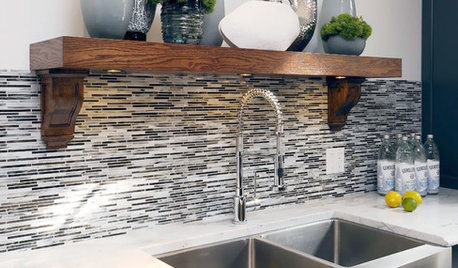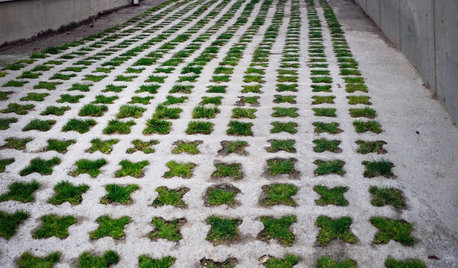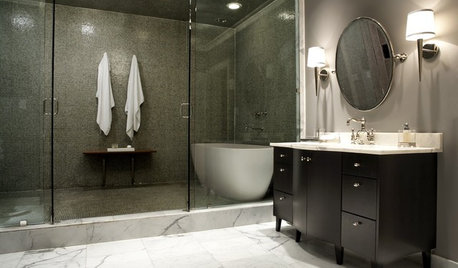120V for @240V water heater
houndhandler
16 years ago
Related Stories

SAVING WATER11 Ways to Save Water at Home
Whether you live in a drought-stricken area or just want to help preserve a precious resource, here are things you can do to use less water
Full Story
GREEN BUILDINGHouzz Tour: See a Maine House With a $240 Annual Energy Bill
Airtight and powered by the sun, this energy-efficient home in a cold-winter climate is an architectural feat
Full Story
CONTAINER GARDENSContainer Garden Basics: How and When to Water Potted Plants
Confused about soil moisture, the best time to water and what watering device to use? This guide can help
Full Story
SAVING WATERXeriscape Gardens: How to Get a Beautiful Landscape With Less Water
Conserve water and make gardening much easier with the xeriscape approach’s 7 principles
Full Story
EARTH DAYGrow a Beautiful Garden With Ecofriendly Greywater
Reducing home water waste means lower bills and a healthier planet. Here's how to set up a greywater home irrigation system that can help
Full Story
GREEN BUILDINGHow to Harvest Rainwater for Your Garden
Conserve a vital resource and save money by collecting stormwater for irrigation in a barrel or tank
Full Story
REMODELING GUIDESThe Perfect Finish for Your Tile
Bullnose? Quarter round? V-cap? Demystify trim terms and finish off your kitchen and bath tile in style
Full Story
EARTH DAYHow to Build a Greener Driveway
Install a permeable driveway to keep pollutants out of water sources and groundwater levels balanced
Full Story
LANDSCAPE DESIGNCalifornia Says Goodbye to the Sprawling Ornamental Lawn
New state rules will effectively limit turfgrass to 25 percent of the landscape in most new and renovated yards
Full Story
BATHROOM DESIGNHow to Choose Tile for a Steam Shower
In steamy quarters, tile needs to stand up to all that water and vapor in style. Here's how to get it right the first time
Full Story









bigbird_1
billhart
Related Professionals
Dallas General Contractors · Fort Pierce General Contractors · Mount Holly General Contractors · North Highlands General Contractors · Westmont General Contractors · Fairfax Handyman · Fort Lee Solar Energy Systems · Santa Maria Solar Energy Systems · Azalea Park Solar Energy Systems · Chattanooga Home Automation & Home Media · Dallas Home Automation & Home Media · Glendale Home Automation & Home Media · Kansas City Home Automation & Home Media · Rosenberg Home Automation & Home Media · Wilmington Home Automation & Home MediahoundhandlerOriginal Author
normel
petey_racer
bus_driver
bus_driver
joefixit2
bus_driver
houndhandlerOriginal Author
Ron Natalie
houndhandlerOriginal Author
petey_racer
bigbird_1
terribletom
billhart
petey_racer
houndhandlerOriginal Author
bigbird_1
billhart
terribletom
static1701
bigbird_1
houndhandlerOriginal Author
User
houndhandlerOriginal Author